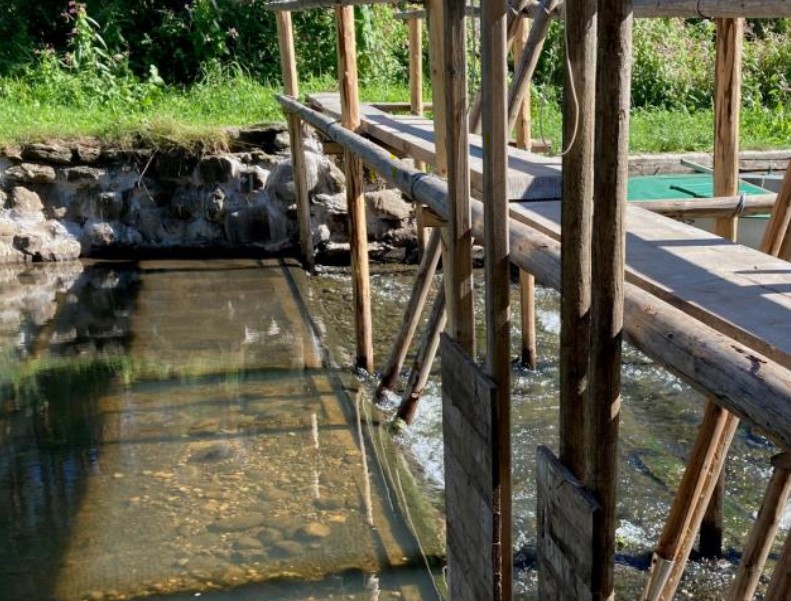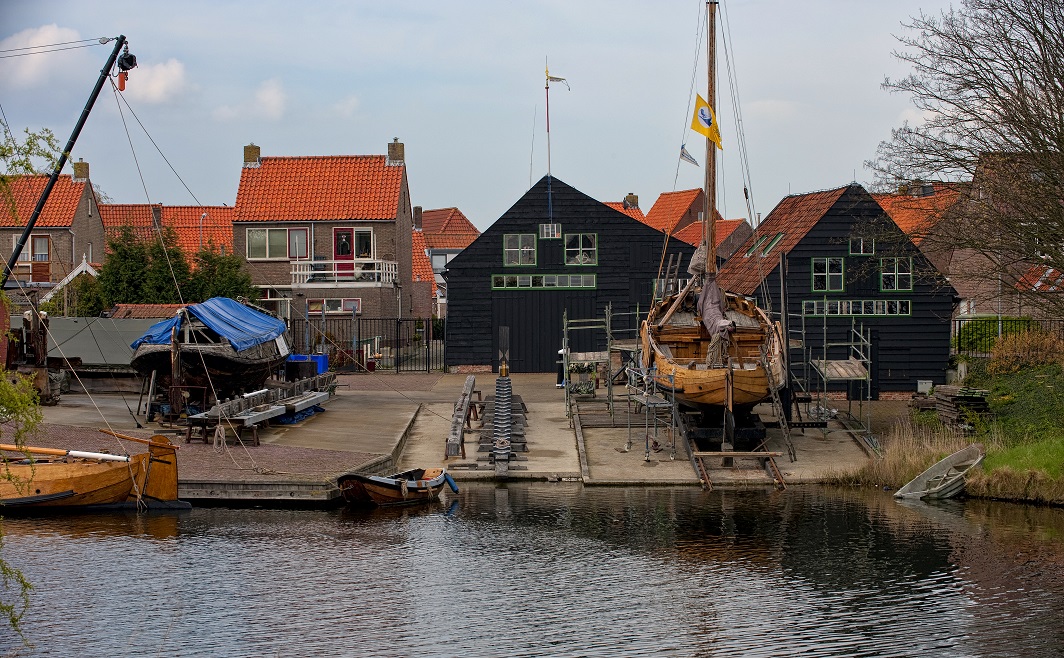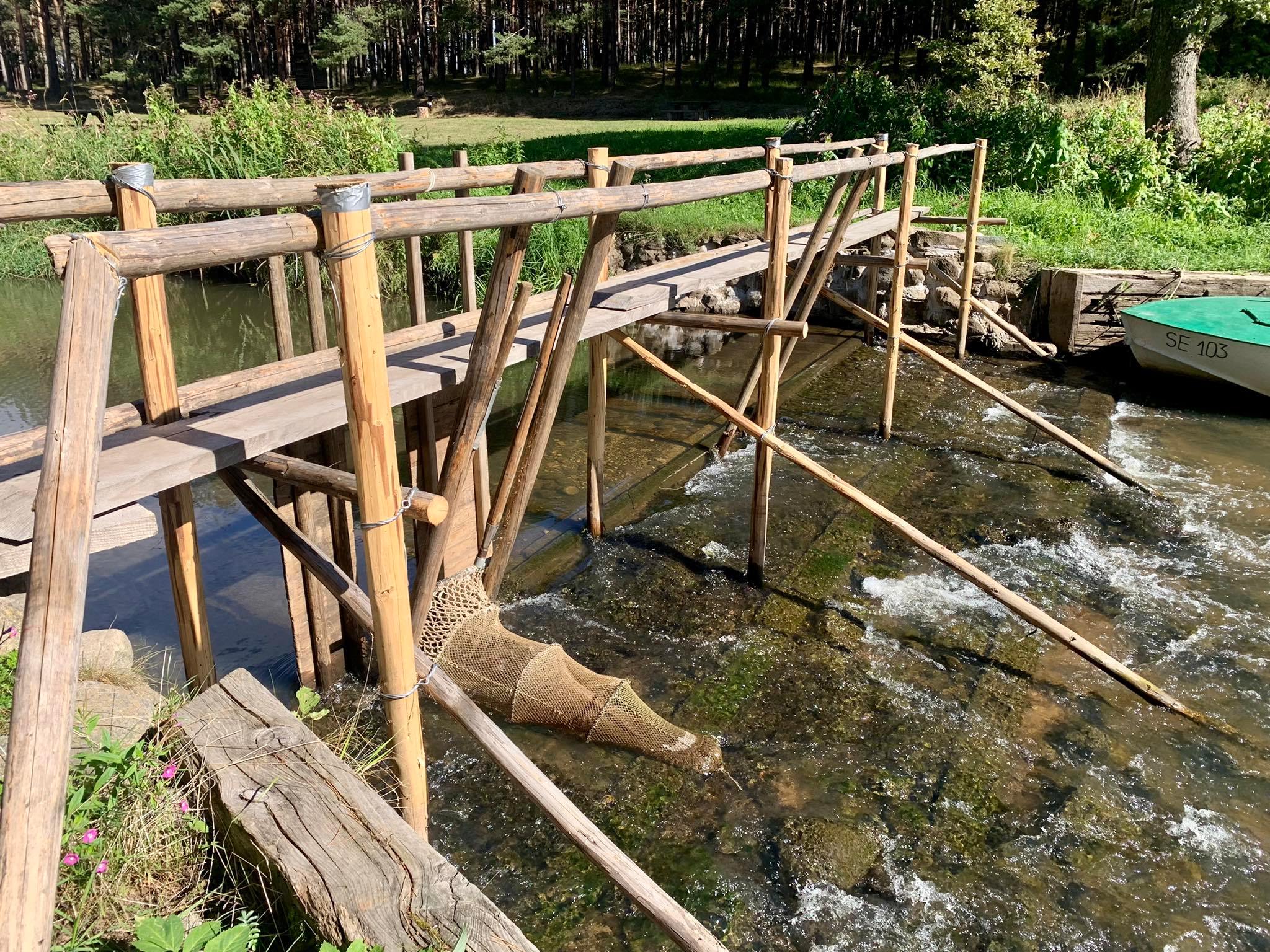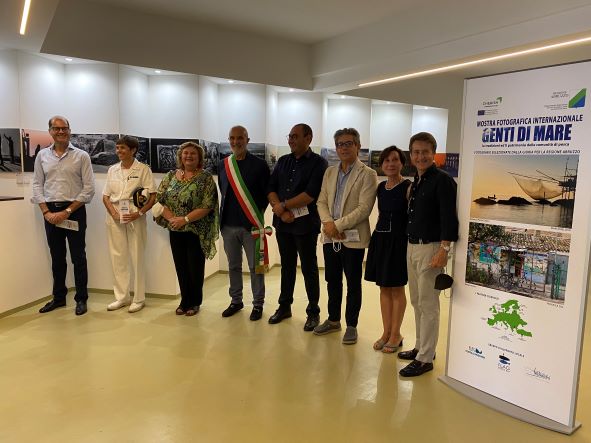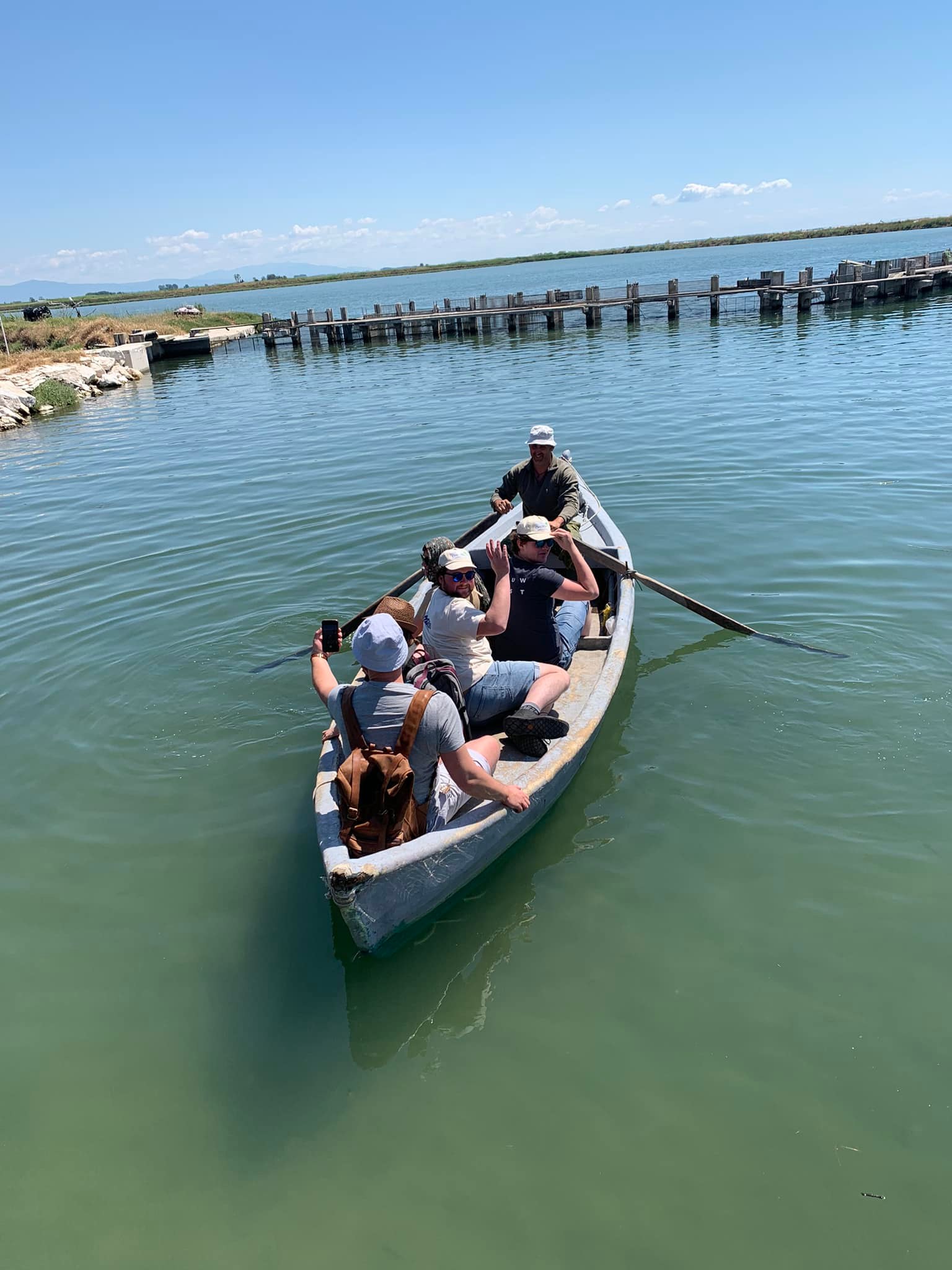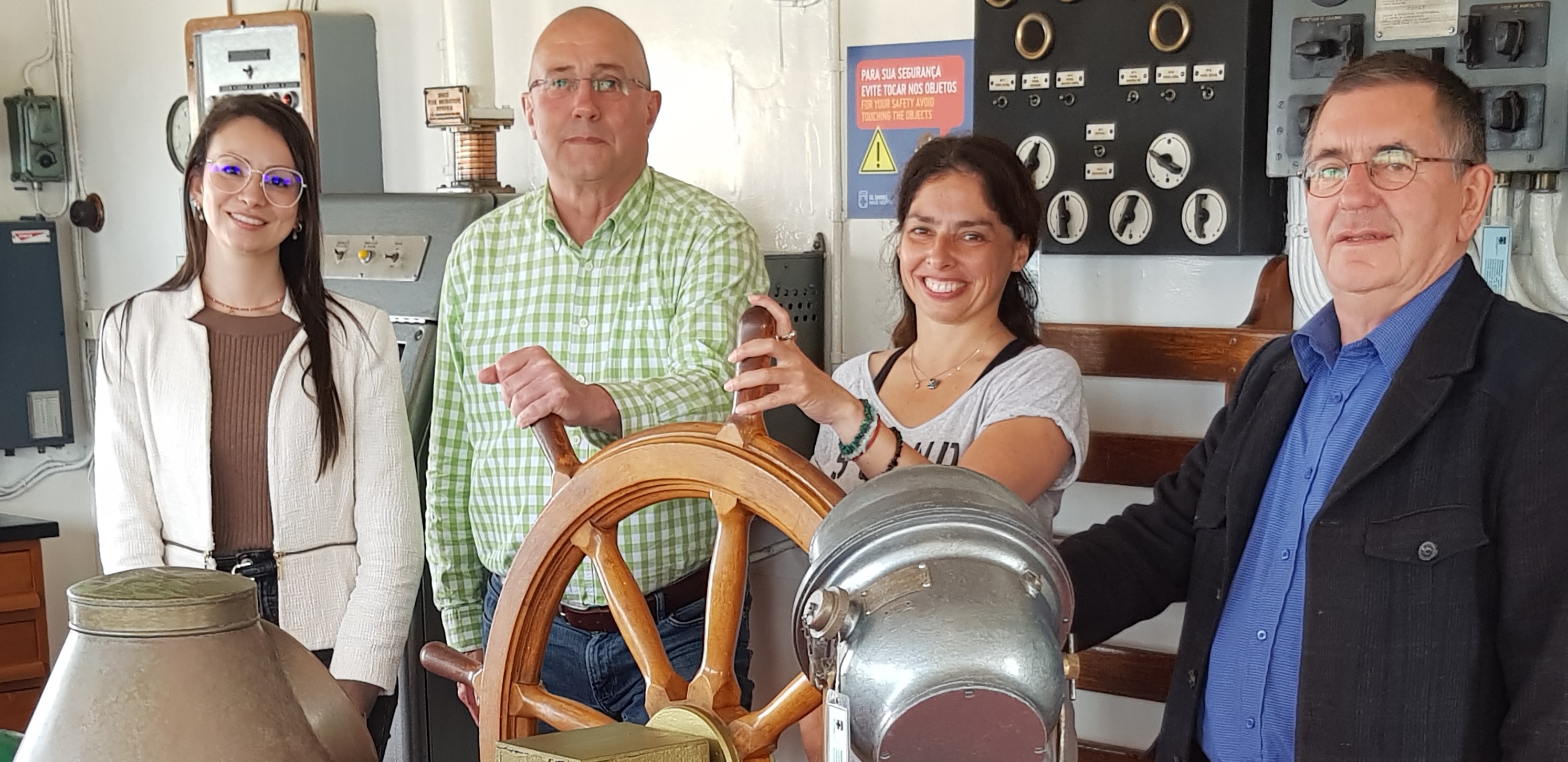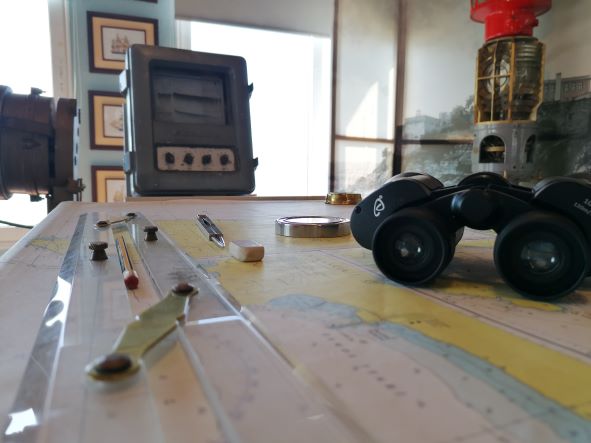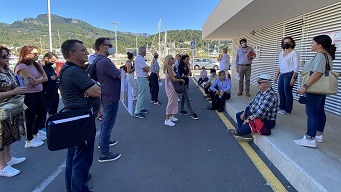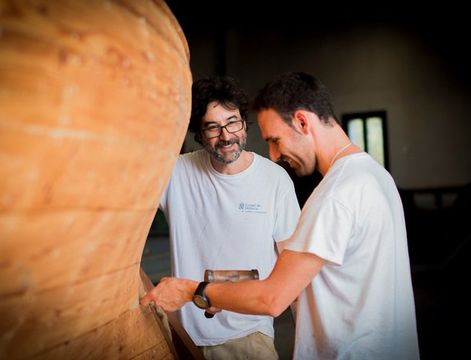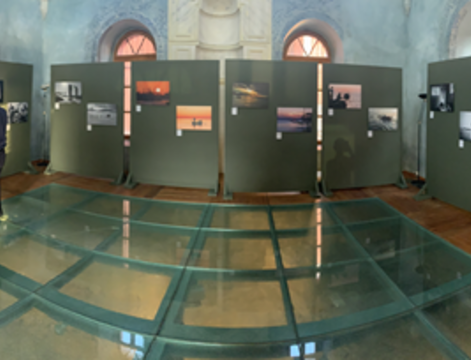Typical for the coastal area of the Alto Minho region is the existence of fishing communities in the so-called Sea Villages (“Aldeia de Mar”) along the North Coast of Portugal. It’s characterized by an active fishing community - their traditions and activities are based on the culture of fishing, and the residents actively try to safeguard their values and the unique identity of the region.
In the entire region traditional housing can still be found, one-story or two-story houses with gabled roofs and in some cases the façades are still adorned with beautiful coloured tiles. In some villages old buildings have been unoccupied for quite some time resulting in their demolition. Therefore, not everywhere it’s possible to see how the fishermen used to live, but there are many other traditions and structures to be found which are reminiscent of the history of fishing.
On the Monday after Easter, Lanço da Cruz takes place in Valença, a religious tradition during which thousands of pilgrims come to receive the blessing of their boats, the waters and the people. It is an example of a tradition that continues to successfully cross borders as people come from all over the Northwest Peninsular. The municipality of Valença has entered an application for Lanço da Cruz to be included on the national list of Intangible Cultural Heritage.
In the Minho river interesting rock structures can be found which were used for fishing, these are called pesqueiras. The pesqueiras of different villages show a whole route in Valença and are one of the most significant historical legacies that testify to the ingenuity and craftsmanship of the fishing community since the 11th century.
One of the fish species that is caught by the fishermen of Valença is the lamprey. Its importance to local cuisine is demonstrated during the annual gastronomic festivals. These festivals are part of the “Lamprey of Minho River – a dish of excellence” initiative, started by different stakeholders in 2010, which aims to promote traditional gastronomic products of the fish as an indigenous resource while at the same time promoting the natural and cultural environment of the region.
The Museological Center Sargassum is dedicated to the old tradition of seaweed harvesting and exhibits objects related to the harvest, and traditional costumes worn by the people who worked in the water. It also teaches visitors about the different algae and their medicinal properties.
The seaweed, called Sargasso, is used as a natural fertilizer for the soil near the beaches of Viano do Castelo. It was collected during summer, dried and stored in haystacks, and placed on the ground at the beginning of spring. The traditional knowledge needed for harvesting seaweed is slowly disappearing as only a few people remain who put it into practice. In CHERISH the region will try through its Traditional Ecological Knowledge work to preserve this knowledge.



